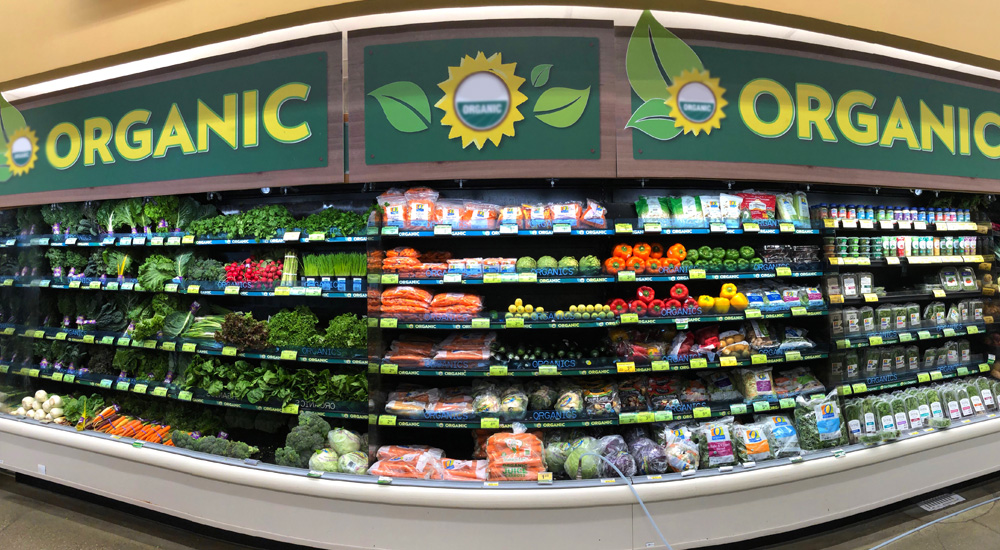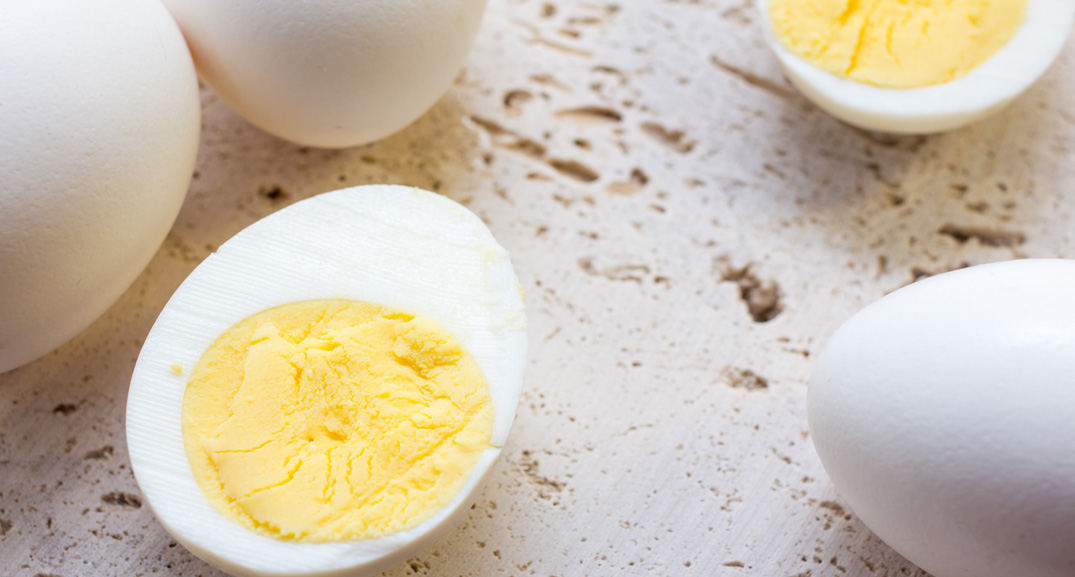
The Pulse on Organics
Over the past year, I’ve been getting more questions about the organic marketplace and target market for it, both in Canada and the USA. As part of my business, we assist companies and associations to understand market trends, market positioning and strategy to launch and market their products. Clients have been asking me about organics and what to expect over the next few years. Here are my brief insights about the pulse on organics.
Organic Market
The Millennials (ages 24 to 38 years) are driving much of the organic market growth worldwide. Here are a few stats to understand the market share in sales.
Canada
According to the Canadian Organic Growers, the organic market grew by $1.9 billion over a five year period from 2012 to 2017 to a total of $5.4 billion (1).
USA
Food Business News reported that in 2018 organic food sales were near $48 billion (2).
Europe
Based on a feature in FoodNavigator.com, the organic market was worth €33.5 billion in 2016 (3).
Organic Categories in Demand
My team member Bianca cited this research conducted by Nielsen Retail Measurement Services regarding the top 10 organic categories (4). Living in Canada with our world renowned agricultural practices and being a Generation X (the cohort less likely to purchase organics compared to Millennials), I was surprised to see cow’s milk, chicken eggs and fresh chicken in the top five and baby food not. Here are the top ten organic foods consumers bought in the USA by the end of 2018:
- Cow’s milk
- Pre-packaged salads
- Chicken eggs
- Health & nutrition bars
- Fresh chicken
- Sandwich bread
- Kombucha
- Apples
- Baby food
- Carrots
The Organic Market Outlook
It is predicted the organic market will continue to develop. As a result of the growing European organic market, companies such as Wessanen have reported a 4.1 per cent fall in revenue in the first quarter of 2019 due to competition (3). The US organic market is predicted to grow to $323.1 billion by the end of 2024 (5). By 2024, North America is forecasted to have the highest compound annual growth rate globally and dominate the global market (5).
In the past few years, we have seen more restaurants and retailers dedicated to organic including Fresh City Farms, and Thrive Organic Kitchen & Cafe. On June 14, 2019 Marie-Claude Bibeau, the Canadian Minister of Agriculture and Agri-Food, announced that $992,131 would be invested in the Canada Organic Trade Association for the development of export and domestic market opportunities.
Final Thoughts
As interest and purchases increase, it’s important to understand where the organics are grown and the certification process in that country. On a personal note, being a Gen X and living in Canada, I purchase mainly conventionally grown food, however, if there are organics in my shopping cart, it’s usually organic tofu, some produce and seeds. And always remember, a lifestyle filled with healthy habits including a balanced dietary pattern, exercise and restful sleep is the best approach for long-term consistent, mind body health.
Jane and her team are pleased to assist your company in market awareness
and strategy or speak at your upcoming event!
Click here to learn more.
References:
- Canadian Organic Growers » Organic Statistics [Internet]. 2018 [cited 2019 Sep 28].
- Gelski J. U.S. organic food sales near $48 billion | 2019-05-20 | Food Business News [Internet]. 2019 [cited 2019 Sep 28].
- Askew K. European organic food ripe for consolidation [Internet]. 2019 [cited 2019 Sep 28].
- Tops of 2018: Organic – Nielsen [Internet]. 2018 [cited 2019 Sep 29].
- Global organic market to grow nearly 15% through 2024 | Canadian Grocer [Internet]. 2018 [cited 2019 Sep 28].
Copyright © 2019 Jane Dummer | All Rights Reserved

